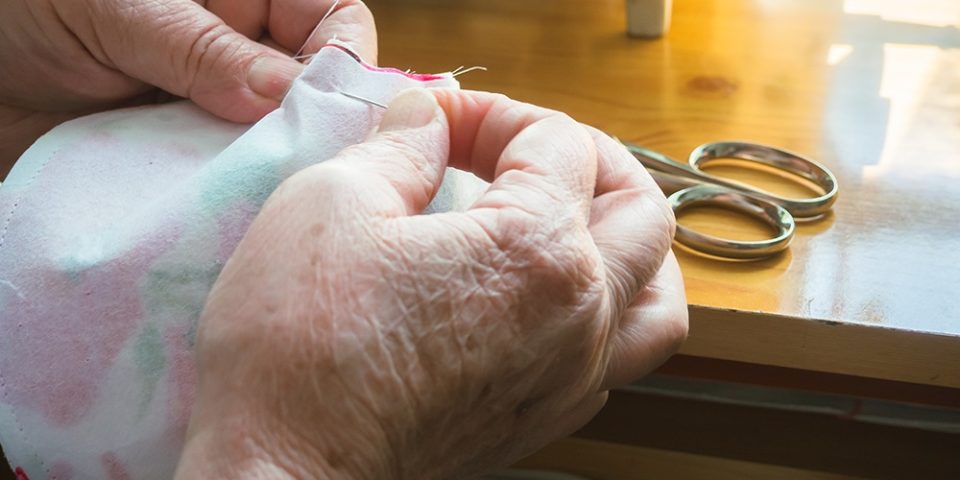5 common myths about arthritis
Is all joint pain the same? Do only older people get arthritis? Orthopedic surgeon Jeffrey Hopkins, MD, addressed common myths about arthritis.
What is arthritis?
Arthritis is defined as inflammation involving a joint and is characterized by joint pain, stiffness, swelling and decreased range of motion. Some forms are also associated with damage to the heart, eyes, lungs, kidneys and skin. More than 50 million Americans are affected by this painful and often debilitating condition that limits quality of life. It is the leading cause of disability in the United States and accounts for 172 million missed days of work, translating to $165 billion in lost wages and medical bills.
What are some common arthritis myths?
- All arthritis is the same. Though the term arthritis is generic and means joint inflammation, there are more than 100 forms of arthritis, ranging from osteoarthritis (“wear and tear”) and autoimmune varieties (rheumatoid arthritis), to crystalline arthropathies (like gout and pseudogout) and post-traumatic forms. Osteoarthritis, which is the most common, involves the breakdown of the smooth cartilage that lines joints. It is a mechanical and chemical phenomenon affected by our genetics and the miles we put on our joints. The types of arthritis are diagnosed using a patient examination, X-rays and advanced imaging and lab studies.
- Only old people get arthritis. Although age is a risk factor, arthritis is not exclusive to adults. About 300,000 children, some as young as 1 or 2 years old, are affected by arthritis. Other risk factors for developing arthritis include female gender, family history and history of previous injury. Obesity is another well-known risk factor; 36% of obese Americans suffer from arthritis.
- Momma had it so I’m going to get it. Arthritis is certainly tied to genetics; however, the exact pattern of inheritance is complicated and far from understood. It is seen in families and follows certain racial patterns. No single gene or set of genes is currently known to result in arthritis. Though there is a large genetic component to the development of arthritis, there are likely multiple factors at play, both genetic and environmental.
- Once arthritis appears, there’s nothing you can do to stop it. Although there is no cure for arthritis, it can be treated or slowed down. Data has shown that heavier patients who lose weight can slow the progression of their joint degeneration. Similarly, low-impact exercise programs and stretching can help maintain range of motion and preserve function. Medicines like ibuprofen and naproxen can decrease inflammation and improve pain. Talk with your doctor to see if you are a candidate for non-steroidal anti-inflammatory medications as they may help with symptom management.
- Cold, damp weather worsens arthritis. Patients commonly report worsening arthritis symptoms when the weather changes, but there is no data linking weather patterns with worsening arthritis. Studies are ongoing to establish this link, and some theorize that changes in barometric pressure affect the tissues around the joint, but the science simply isn’t there yet. One day, science may be able to explain why that knee aches every time the clouds roll in.
The bottom line
Arthritis is common and frequently debilitating. It is poorly understood, there is no cure, and there are risk factors you can’t control (you can’t pick your parents or undo that fracture when you were a kid). But treatment options do exist, and there are things you can do to limit the effects of arthritis and keep you moving. Eat a healthy diet, maintain a reasonable weight and participate in low-impact exercise.
Find an orthopedic specialist you trust
Find a provider who’s right for you by viewing their online profiles, star ratings and reviews.
Find an Orthopedic Doctor

